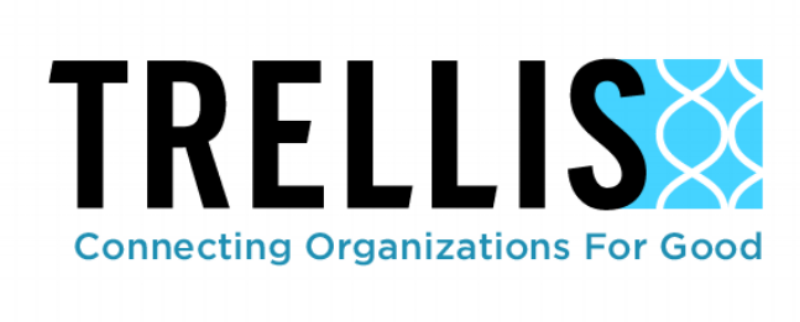Justice Sightings - May 6th
The Hungry are Sometimes Overlooked
The line at Father’s Heart Pantry wraps around the block on Saturday mornings. In this
trendy and expensive corner of the Lower East Side, neighbors sometimes walk on by,
unaware. (Joey O’Loughlin)
“The assumption is that people on these lines are unemployed, Schneider says. But one in five are working, many at more than one job. It’s just not enough.”
“The food bags, she adds, were originally intended as emergency provisions for people in the aftermath of a crisis like a house fire. Now, they’re something that people consistently factor in when managing their monthly resources. Crisis has become the norm.”
With over 600 food pantries in the five boroughs and 1.4 million people relying on assistance from either pantries or soup kitchens, there a lot of people going hungry in New York. The problem is that many of us don't see the need or the people in need. Eillie Anzilotti from the Atlantic profiled Joey O'Loughlin who spent three years documenting the lives of the people receiving help. O'Loughlin is also sharing their stories and their faces in his new exhibit, Hidden in Plain Sight: Portraits of Hunger in NYC, showing now at the Brooklyn Historical Society.
Good News for Renters in the City
Governor Cuomo recently announced that he was returning 50,000 apartments in New York to rent regulations. Here's how to find out more about whether your apartment is regulated
Why the Poor Stay In and Move to New York
“New York was, in many ways, a model city for factors that seem to predict where poor people live longer. It is a wealthy, highly educated city with a high tax base. The local government spends a lot on social services for low-income residents. It has low rates of smoking and has many immigrants, who tend to be healthier than native-born Americans.”
“The great urban poverty paradox is that if a city improves life for poor people currently living there by improving public schools, or mass transit [and health], that city will attract more poor people”
In the midst of growing number of people living in shelters, facing homelessness, under and unemployment, The New York Times points to one reason that many choose to stay and come

